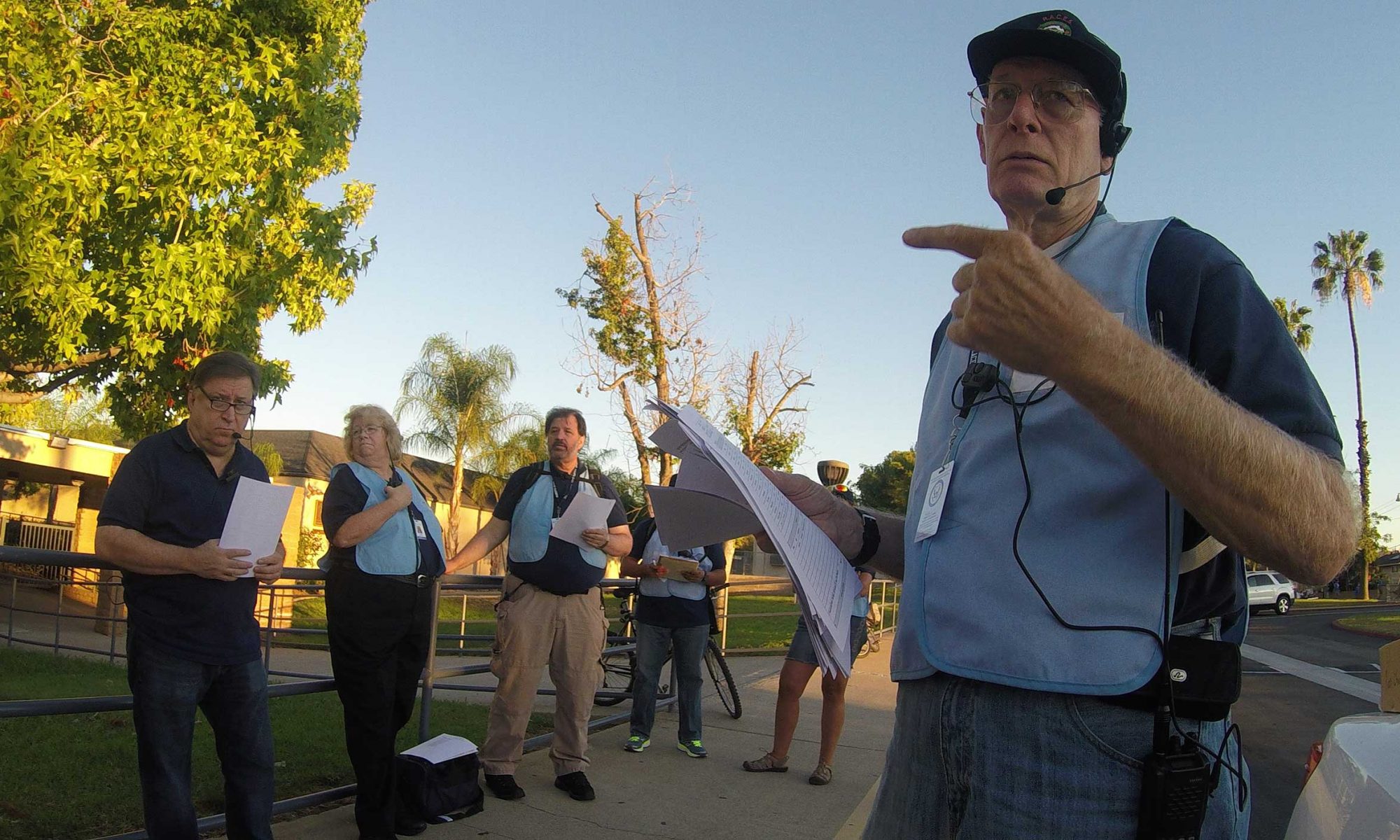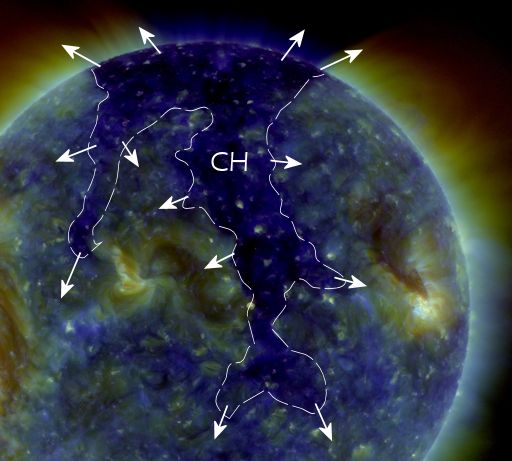Winlink may be forced to close shop on HF in the USA, explained below.
April 5, 2019–The FCC has opened for comment RM-11831, a proposal for rule making that would do two things the the US amateur radio rules:
1) remove paragraph (c) of 97.221. This would disallow narrow-bandwidth ARQ modes of 500 Hz or less from outside the specified 97.221 sub bands for automatically controlled digital stations. This will require all US Winlink HF gateway stations, regardless of mode/technique, to only operate within these narrow sub bands.
2) modify the wording of 97.309(4) thusly:
(4) An amateur station transmitting a RTTY or data emission using a digital code specified in this paragraph may use any technique whose technical characteristics have been documented publicly, *such as CLOVER, G-TOR, or PacTOR,* (remove *-*, add the following:) and the protocol used can be be monitored, in it’s entirety, by 3rd parties, with freely available open source software, for the purpose of facilitating communications.
This effectively eliminates Pactor 2, 3, and 4 from the US amateur bands unless SCS steps up and publishes complete technical specifications, including their proprietary signal processing methods, and produces an open-source monitoring program allowing on-air eavesdropping by third parties (not likely).
The Winlink Team will have to produce monitoring software for an unconnected eavesdropper for WINMOR, ARDOP. VARA’s author must do the same. The alternative is for Winlink to close shop for US licensees on HF amateur bands, or to eliminate B2F compression for messages sent by US-licensed amateurs. This will cause US users of all modes to suffer much longer transmission times by a factor of 2-10 times. Limits would not be placed on other users.
See and read the new proceeding from the link below. The 30-day comment period opened on 28 March. We have prepared a document containing useful arguments you may paraphrase for your comment filing. The formal ARSFI Motion to Dismiss RM-11831 and Petition for Rulemaking is also here for your review.
https://www.fcc.gov/ecfs/search/filings?proceedings_name=RM-11831&sort=d…
Unless we receive support from users on this serious threat, Winlink may be forced to close shop on HF in the USA. US and non-US users and gateway operators are urged to educate themselves and file a comment soon!
Sincerely,
Lor Kutchins, W3QA
Winlink Development Team
President,
Amateur Radio Safety Foundation, Inc.

